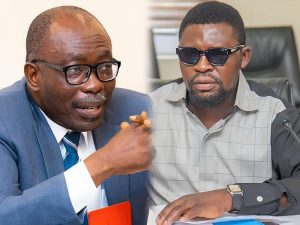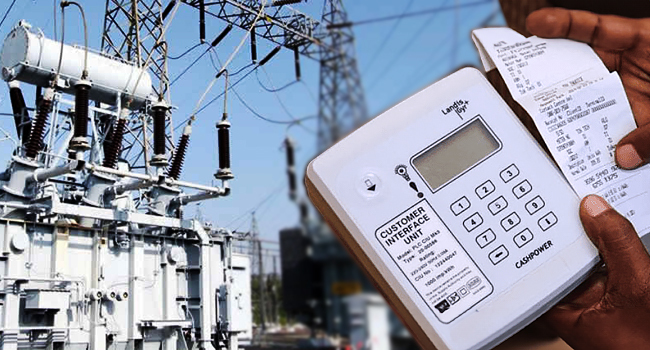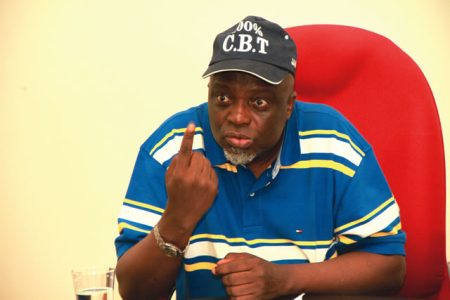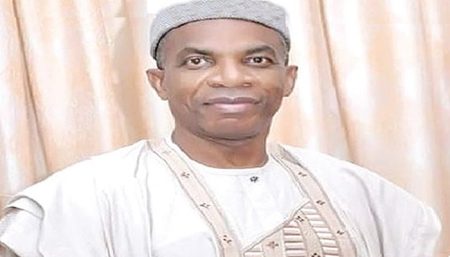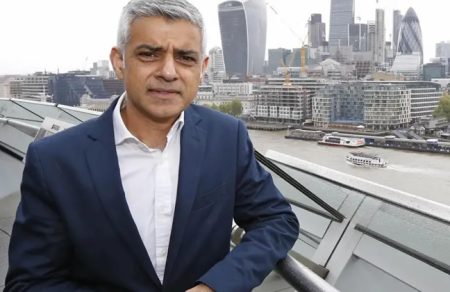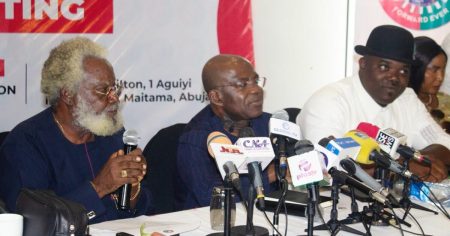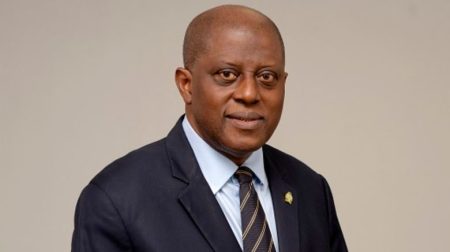The Escalating Burden of Nigeria’s Electricity Tariff Subsidy
Nigeria’s struggle to provide affordable and reliable electricity has been a long-standing challenge, marked by a complex interplay of economic pressures, policy decisions, and infrastructural limitations. The year 2024 witnessed a dramatic surge in the government’s electricity tariff subsidy, a clear indicator of the deepening financial strain on the sector. The subsidy, which aims to bridge the gap between the actual cost of electricity generation and the tariffs paid by consumers, skyrocketed by 219.67 percent to a staggering N1.94 trillion, up from N610 billion in 2023. This substantial increase, despite a tariff hike for Band A customers in April 2024, underscores the magnitude of the challenge facing the Nigerian power sector.
Several factors contributed to this alarming rise in subsidy costs. Key among them were the floating of the naira and the removal of fuel subsidies by President Bola Tinubu in June 2024. These policy decisions, while aimed at addressing broader economic imbalances, had the unintended consequence of exacerbating inflationary pressures. The devaluation of the naira significantly impacted the cost of power generation, as a substantial portion of equipment and materials used in the sector are imported and priced in US dollars. Similarly, the removal of fuel subsidies led to increased operational costs for gas-fired power plants, further driving up the overall cost of electricity production. The Nigerian Electricity Regulatory Commission (NERC) acknowledged these macroeconomic pressures as primary drivers behind the escalating cost-reflective tariffs, which in turn widened the gap requiring government subsidy.
The NERC’s 2024 annual report painted a stark picture of the government’s struggle to meet its subsidy obligations. Despite the substantial financial burden, the government managed to pay only a paltry N371.34 million, a mere 0.019 percent of the total N1.94 trillion owed. This significant shortfall in payment has further complicated the financial viability of the sector, particularly for generation companies (GenCos) who are owed trillions of naira in unpaid subsidies. The government’s inability to honor its financial commitments has created a ripple effect throughout the value chain, hindering investment in crucial infrastructure upgrades and perpetuating the cycle of inadequate power supply.
The government attempted to manage the burgeoning subsidy through the implementation of the DisCo Remittance Obligation (DRO) framework. This framework replaced the previous Minimum Remittance Obligation and requires distribution companies (DisCos) to remit 100 percent of the revenue collected based on approved tariffs. The remaining shortfall, representing the subsidy portion, is to be paid directly by the Federal Government to the Nigerian Bulk Electricity Trading Plc (NBET), who then disburses the funds to GenCos. However, this system has been hampered by the government’s inability to consistently meet its subsidy payment obligations, leaving GenCos grappling with significant financial shortfalls. The Minister of Power, Adebayo Adelabu, has acknowledged the government’s struggles to meet these obligations and cautioned consumers to prepare for potentially higher, cost-reflective tariffs.
Industry experts have weighed in on the crisis, emphasizing the complex interplay of factors driving the escalating subsidy costs. Bode Fadipe, a power sector expert, highlighted the dependence on imported materials and the dollar-denominated pricing of gas as major contributors to the rising cost of electricity production. He stressed the need for a holistic review of the sector, cautioning that tariff increases alone are not a silver bullet solution. He also raised concerns about the potential for increased energy theft if subsidies are completely removed, particularly given the lack of clarity on the true cost of electricity. Fadipe argued that focusing solely on tariff adjustments without addressing underlying systemic issues will not lead to a stable and sustainable power sector.
Aliko Dangote, President of the Dangote Group, offered a different perspective, emphasizing the potential for private sector investment to transform the Nigerian power landscape. Citing his company’s ability to generate 1,500 megawatts for internal use, Dangote argued that Nigeria has the capacity to produce significantly more electricity, potentially reaching 50,000 to 60,000 megawatts. He encouraged Nigerian investors to consider the power sector, highlighting the success of the Dangote Refinery as proof that large-scale industrial projects are achievable in Nigeria. He advocated for continued privatization of the power sector and urged wealthy Nigerians to invest locally, fostering economic growth and development within the country.
The escalating electricity tariff subsidy in Nigeria reflects a deeper systemic crisis within the power sector. The confluence of macroeconomic pressures, policy decisions, and infrastructural limitations has created a challenging environment for both consumers and industry stakeholders. While the government has implemented measures like the DRO framework to manage the subsidy burden, its inability to meet its financial obligations has undermined the effectiveness of these initiatives. Experts have called for a holistic review of the sector, emphasizing the need for a comprehensive approach that addresses the underlying structural challenges, encourages private sector investment, and ensures a sustainable path towards affordable and reliable electricity for all Nigerians. The future of Nigeria’s power sector hinges on the ability of policymakers and industry leaders to collaborate on innovative solutions that move beyond short-term fixes and address the root causes of this persistent challenge.



